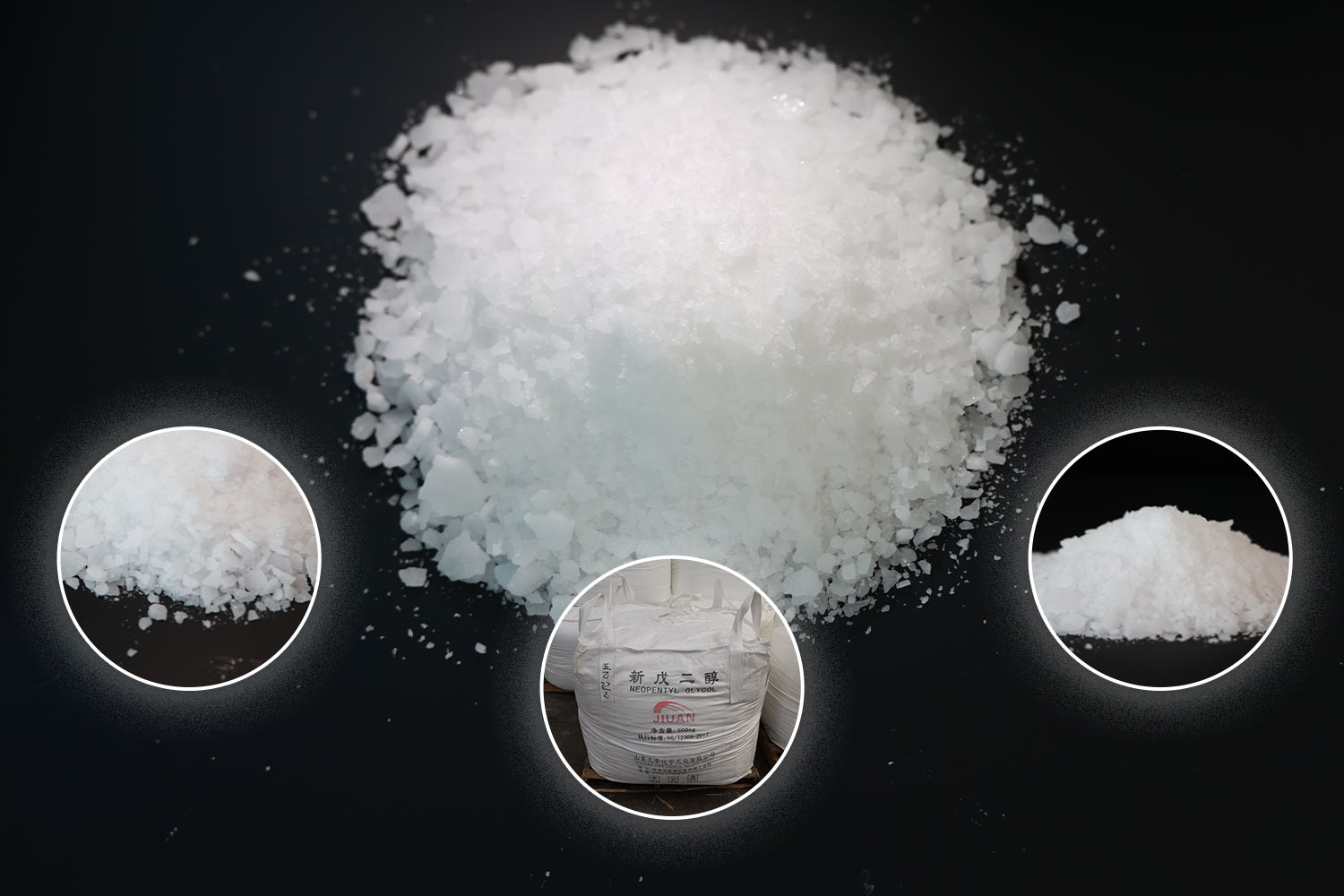Introduction

Polyvinylidene Difluoride (PVDF) is a semi-crystalline thermoplastic fluoropolymer with a variety of properties that make it a valuable material for a wide range of applications. In this blog post, we will discuss the advantages of Polyvinylidene Difluoride compared to other materials.
Chemical resistance
Polyvinylidene Difluoride is one of the most chemically resistant polymers available. It is resistant to acids, bases, solvents, and other chemicals. This makes it a good choice for applications where exposure to harsh chemicals is a concern. For example, Polyvinylidene Difluoride is used in the manufacture of chemical processing equipment, pipes, and valves.
Mechanical strength
PVDF is a strong and durable material. It has high tensile strength, flexural strength, and impact strength. This makes it a good choice for applications where strength and durability are important. For example, PVDF is used in the manufacture of electrical insulation, gaskets, and bearings.
Temperature resistance
Polyvinylidene Difluoride has a high melting point and a wide temperature range over which it maintains its properties. This makes it a good choice for applications where exposure to high temperatures is a concern. For example, Polyvinylidene Difluoride is used in the manufacture of heat-resistant cookware, oven mitts, and electrical insulation.
Biocompatibility
PVDF is a biocompatible material. This means that it is non-toxic and does not cause an allergic reaction. This makes it a good choice for applications where contact with the human body is a concern. For example, PVDF is used in the manufacture of medical implants, surgical tubing, and food packaging.
Cost
While Polyvinylidene Difluoride might carry a pricier tag than its plastic cousins like polyethylene and polypropylene, its advantages often sing a cost-effective counterpoint. Imagine it as an investment, not just an expense, unlocking a symphony of benefits that outweigh the initial tune. Here’s why:
Durability’s Encore: Unlike the fleeting melody of other materials, Polyvinylidene Difluoride boasts a long-lasting performance. Its robust constitution means fewer replacements, less maintenance downtime, and extended operational lifespans. Think of chemical processing equipment humming along year after year, electrical insulation preventing costly breakdowns, or medical devices serving patients far beyond the usual chorus. Over time, these durable notes harmonize with cost savings, making PVDF’s price tag fade into the background.
Performance’s Perfect Pitch: PVDF doesn’t just last; it excels. Its chemical resistance acts as a silent guardian, protecting pipes and valves from acidic whispers and solvent serenades. Imagine corrosive chemicals neutralized before they can disrupt the industrial orchestra, keeping production flowing and minimizing repair costs. Similarly, PVDF’s strength and temperature resilience ensure electrical insulation that won’t buckle under heat or crack under pressure, safeguarding sensitive circuits and preventing costly replacements. In these roles, PVDF’s superior performance becomes a cost-effective conductor, keeping the industrial symphony in perfect pitch.
Efficiency’s Elusive Harmony: Beyond mere durability and performance, PVDF whispers the sweet melody of efficiency. Its smooth, low-friction surface minimizes energy consumption in pipes and machinery, reducing operational costs and environmental impact. In a world increasingly focused on sustainability, PVDF’s efficiency becomes a beautiful cost-saving duet with environmental responsibility.
Safety’s Silent Song: For delicate applications like medical devices and food packaging, where a wrong note can have dire consequences, PVDF’s biocompatibility sings a silent safety song. Non-toxic and gentle on the human body, it ensures patient comfort and protects food from harmful contamination. In these crucial roles, PVDF’s price tag becomes a whisper compared to the potential cost of compromised health and safety.
So, the next time you weigh the price of Polyvinylidene Difluoride against its plastic counterparts, remember it’s not just about the upfront cost. It’s about the long-lasting durability, the high-performance efficiency, the quiet safety tune, and the cost-effective harmony they create. PVDF doesn’t just justify its price; it orchestrates a beautiful symphony of benefits that resonate far beyond the initial investment.
Comparison to other materials
The following table compares the advantages of Polyvinylidene Difluoride to other common polymers:
| Property | Polyvinylidene Difluoride | Polyethylene | Polypropylene |
|---|---|---|---|
| Chemical resistance | Excellent | Good | Good |
| Mechanical strength | Excellent | Good | Good |
| Temperature resistance | Excellent | Good | Good |
| Biocompatibility | Excellent | Good | Good |
| Cost | More expensive | Less expensive | Less expensive |
Conclusion
Imagine a material so versatile, it dances effortlessly across industries, conquering challenges and whispering solutions in one elegant breath. That, dear reader, is the magic of polyvinylidene difluoride, or PVDF – a champion polymer, not just for its durability, but for its diverse symphony of advantages.
Chemical Resistance? PVDF Laughs in the Face of Acids:
Harsh chemicals tremble before PVDF’s stoic resistance. Acids, bases, solvents – the very bane of other materials – find themselves neutralized, their corrosive whispers rendered harmless against PVDF’s teflon coat. This makes it the undisputed king of chemical processing equipment, shielding pipes, valves, and tanks from the fiercest chemical storms.
Strength beyond Steel:
Don’t be fooled by its sleek appearance. PVDF packs a punch when it comes to strength. Its tensile and flexural strength hold their ground against demanding applications. Imagine high-pressure pipes carrying hazardous chemicals, electrical insulation enduring scorching temperatures, or aircraft parts braving the turbulent skies – PVDF stands firm, a silent guardian of structural integrity.
Heat? PVDF Sings a Cool Waltz:
From scorching deserts to fiery furnaces, PVDF maintains its composure. Its high melting point and wide temperature range make it a master of thermal resilience. Imagine heat-resistant cookware sizzling with culinary delights, oven mitts protecting your hands from fiery ovens, or electrical insulation keeping delicate circuits cool despite searing currents – PVDF orchestrates a serene thermal symphony, unfazed by the fiery drama.
A Gentle Touch for Life Itself:
Biocompatibility doesn’t come just from fancy words; it’s a promise PVDF keeps. Imagine delicate medical implants nestled within the human body, surgical tubing whispering life-giving fluids, or food packaging safeguarding your nourishment – PVDF, non-toxic and biocompatible, dances hand-in-hand with life’s precious processes, ensuring comfort and safety.
Cost? Sometimes Worth the Song:
Yes, PVDF might carry a higher price tag than its plastic cousins. But its advantages often sing a cost-effective melody. Increased lifespan, reduced maintenance, and superior performance often outweigh the initial investment. Imagine chemical equipment needing fewer replacements, electrical insulation preventing costly breakdowns, or medical devices lasting longer – over time, PVDF’s value becomes a beautiful chorus, harmonizing with both performance and efficiency.
The Versatile Maestro of Materials:
But PVDF’s talents go beyond these grand performances. It shines in countless applications, from high-performance membranes for water purification to robust battery binders for clean energy storage, from protective coatings for buildings to intricate fibers for clothing and filtration.
So, the next time you admire the smooth flow of chemicals in a processing plant, marvel at the intricate circuits powering your devices, or savor a meal protected by safe packaging, remember the unsung hero behind it all – polyvinylidene difluoride. It’s not just a material; it’s a versatile champion, a chemical warrior, and a whisper of innovation woven into the very fabric of our world.
FAQ
What are some specific examples of applications where polyvinylidene difluoride is used?
Here are some specific examples of applications where PVDF is used:
- Chemical processing equipment: PVDF is used in the manufacture of chemical processing equipment, such as pipes, valves, and pumps. It is resistant to the harsh chemicals used in these applications.
- Electrical insulation: PVDF is used in the manufacture of electrical insulation, such as cables, wires, and connectors. It is resistant to heat and moisture, which makes it a good choice for electrical applications.
- Medical devices: PVDF is used in the manufacture of medical devices, such as implants, tubing, and surgical gloves. It is non-toxic and biocompatible, which makes it safe for use in the human body.
- Food packaging: PVDF is used in the manufacture of food packaging, such as bags, containers, and wrappers. It is resistant to moisture and chemicals, which helps to protect food from contamination.
What are some of the limitations of polyvinylidene difluoride?
One limitation of PVDF is its cost. It is generally more expensive than other polymers, such as polyethylene and polypropylene. Another limitation is its brittleness. At low temperatures, PVDF can be brittle and prone to cracking.



